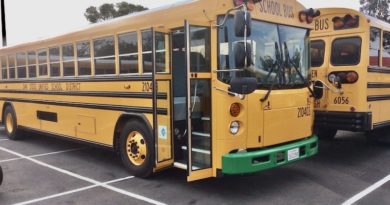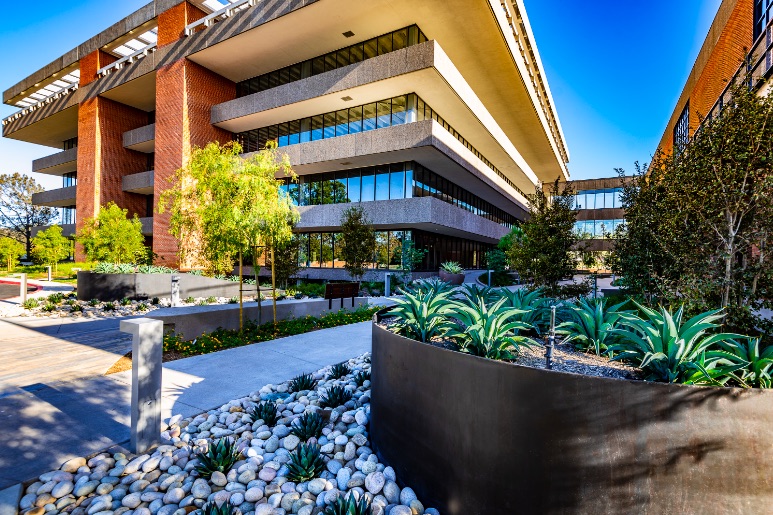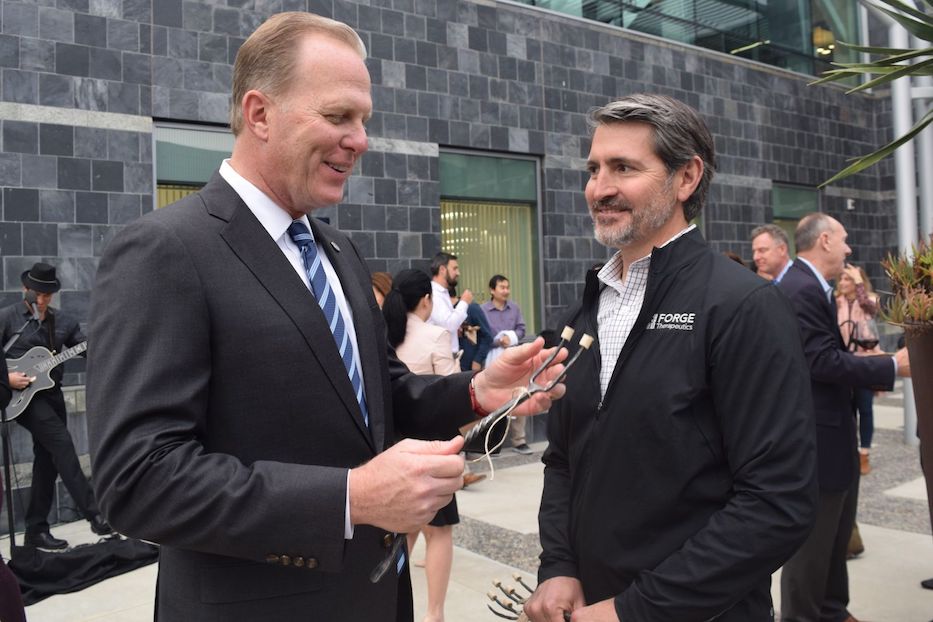Daily Business Report-Sept. 15, 2014
Screen shot from the video game.
Computer Scientists Launch Kickstarter
For Video Game That Teaches Kids How to Code
Computer scientists at UC San Diego have successfully funded on Kickstarter a new and improved version of CodeSpells, a first-person player game they developed that teaches players how to code.
The game’s previous iteration, developed by UC San Diego computer science Ph.D. students Sarah Esper and Stephen Foster, has been in use in dozens of schools throughout the world for more than a year. The researchers have been using the game as a platform to learn about the best ways to teach children how to code. They have presented their findings at a wide range of academic conferences, including the upcoming Koli Calling International Conference on Computing Education Research Nov. 20 to 23 in Koli, Finland.
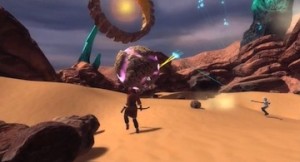
In this latest paper, “CodeSpells: Bridging Educational Language Features with Industry-Standard Languages,” the researchers demonstrate that after playing CodeSpells for either four hours over four weeks or 10 hours over seven days, children ages 8 to 12 were able to write code by hand in Java.
“It is the goal of CodeSpells to provide a rich experience of computer science education to students who may not have access to an educator,” Esper said.
Researchers now want to make the game more attractive and more fun to play. But they need funds to improve the game’s graphics and coding interface. Enter Kickstarter, where the project has already met its $50,000 fundraising goal.
“We want the game to be educational, but our biggest goal is to make sure it’s fun,” Foster said.
He and Esper have co-founded ThoughtSTEM, along with UC San Diego biochemistry Ph.D. student Lindsey Handley, to teach children ages 8 to 18 how to code, via onsite classes and video games, including CodeSpells and Minecraft.
In its previous iteration, CodeSpells sent players on quests, which helped them master spells, written in Java. This new version is more open-ended much like Minecraft—a so-called sandbox game. The players are wizards that can modify the world around them at will. They can build mountains and valleys, levitate objects and start fires. They do so by using Blocky, a visual programming language created by Google, or Javascript.
Douglas Wilson Companies Acquires
Spring Valley Land Slated for Development
Douglas Wilson Companies has recently completed the acquisition of 50 acres of the 650-acre Pointe San Diego project located in Spring Valley.
Douglas Wilson, chairman and CEO of the company, said the firm purchased a senior note, secured by the 50-acre parcel, from a national lender in August.
Included in the acquisition are a six-acre improved site that is entitled for development of 88 multi-family units, and 44 acres — the former site of the proposed Pointe Resort — that will be re-entitled by DWC for a residential development with neighborhood-serving commercial uses.
“DWC focuses on acquiring quality properties in desirable neighborhoods, and this acquisition represents a unique opportunity to add a discounted property with significant upside potential to our portfolio,” said Wilson. “With the improving economic outlook, we will continue to be active on the principal acquisition and development side of our business.”
DWC has a track record of entitling and developing residential communities, office properties, and urban mixed-use projects as both a principal developer and fiduciary. Notable past entitlement and development projects include: Parkloft, The Mark, CenterPoint, Terra Vista, and Creekside Vistas.
Replica of Juan Rodriguez Cabrillo’s
Flagship Being Built for Maritime Museum
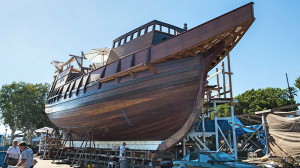
The $6.2 million replica of the historic San Salvador being built for the San Diego Maritime Museum is nearing completion and will be launched soon, the museum said Friday.
After four years of work by some 200 volunteers, the scaffolding around the ship has started to come down. Over the next few months, preparations for her launch will take place. Then the rigging process will begin.
The San Salvador was the flagship of explorer Juan Rodriguez Cabrillo in 1542 when he sailed into San Diego Bay. Cabrillo was the first European to explore the coast of California.
Once it’s finished, the full-size, 92-foot-long galleon will be opened to visitors and for educational programs. Museum officials said it would also sail to ports throughout the state “as a traveling learning platform and symbol of our region’s Pacific origins and maritime heritage.”
The project is partly funded by a grant from the Coastal Conservancy.
The San Salvador construction site is open from 11 a.m. to 4 p.m. daily at Spanish Landing Park near the airport.
— Times of San Diego
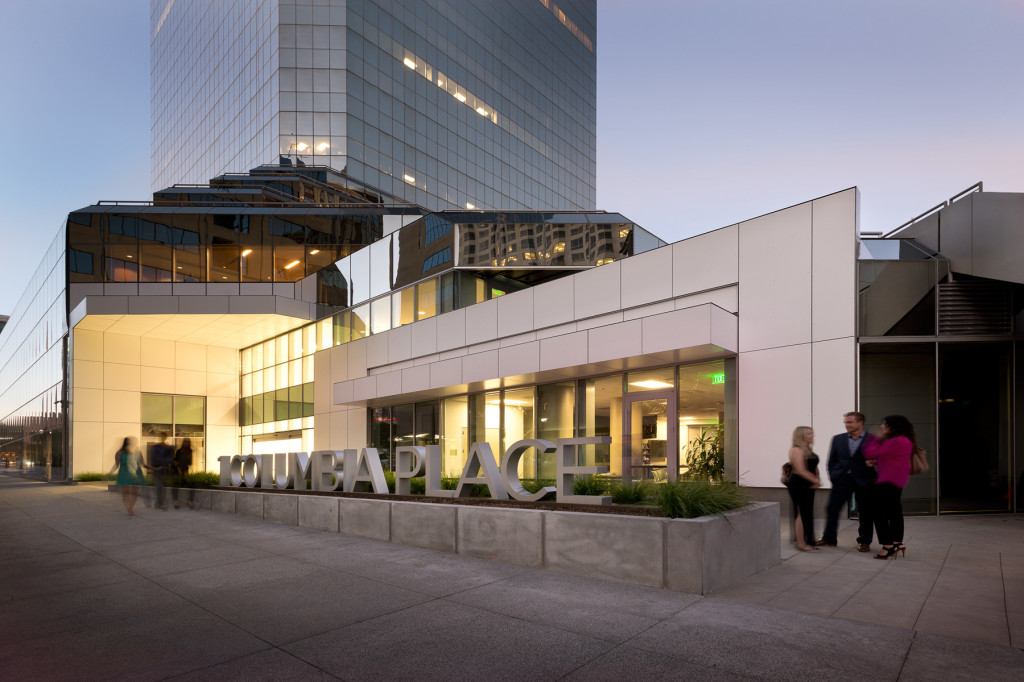
Downtown High-Rise Remodeled
Emmes Realty Services unveiled its $10 million remodeling of the 27-story tower at 401 West A Street in Downtown San Diego last week, and named it 1 Columbia Place. The 556,943-square-foot building was constructed in 1993, and was previously remodeled in 1993 and 1994. It includes 12,000 square feet of retail space, including a restaurant.
The unveiling event included appearances by Scott Grady and Andrew Davidoff of Emmes Realty Services, San Diego City Council President Todd Gloria and Kris Michelle, president and CEO of the Downtown San Diego Partnership.
‘Six Californias’ Initiative Fails to Qualify for Ballot
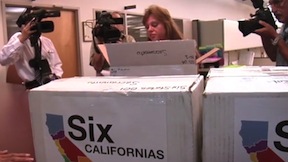
Backers of an initiative to seek congressional authorization to divide California into six states failed to gather enough signatures to qualify the measure for the ballot, the Secretary of State’s Office announced.
The Six Californias initiative needed valid signatures from 807,615 registered voters — 8 percent of the total votes cast for governor in the 2010 general election — to qualify for the November 2016 ballot.
To move on to a “full check” of all petition signatures, the initiative needed to show a minimum of 767,235 signatures, but reports from election officials in all 58 counties based on the “random sample” method of verifying signatures projected 752,685 valid signatures, according to Deputy Secretary of State Nicole Winger.
Venture capitalist Tim Draper, the initiative’s author, said the initiative “collected more than enough signatures” to qualify for the ballot.
“We are confident that a full check of the signatures would confirm that fact,” Draper said. “Six Californias will conduct a review of the signatures determined to be invalid by the registrars in several counties to determine if they were in fact valid signatures.
Draper said he wrote the initiative because he “wanted people to have a choice, to be local to their state government and to be able to get a refresh so that schools, streets and waterways could improve, poverty would decrease and businesses would want to keep jobs here.”
Former Assembly Speaker Fabian Nunez, chairman of OneCalifornia, the committee opposing the initiative, called Six Californias, “a solution in search of a problem that didn’t address any of our state’s challenges.”
“It would have created massive inequities among our states and caused chaos in our state’s water, energy, higher education, transportation and other systems,” Nunez said.
— City News Service
NASSCO Gets $750 Million Tanker Contract
San Diego Mayor Kevin Faulconer on Friday cut the first piece of steel for a fleet of five tankers that will be constructed at General Dynamics NASSCO’S shipyard in Barrio Logan. American Petroleum Tankers is investing $750 million in the fleet, which will be used to carry oil or liquified natural gas between U.S. ports. The first ship will be completed in 14 months.
After pushing a button to start a massive robot arm with a plasma cutter, Faulconer signed the official paperwork, then spoke at a brief ceremony in the shipyard.
He praised NASSCO as an “economic engine” that provides high-quality jobs and noted that the company is hiring. “This five-ship contract will provide 800 quality jobs,” he said.
NASSCO officials described the 610-foot ship as the most fuel-efficient tanker of its kind.
“When delivered, this ship will be the most efficient taker in the Jones Act fleet,” said Kevin Graney, general manager and vice president of NASSCO, referring to ships built to carry cargoes between U.S. ports.
The new fleet of tankers comes at a time when U.S. production of oil and natural gas is surging due to the new technique of hydraulic fracturing, or fracking.
— Times of San Diego
Michael Kinsman Gets New Hosting
Gig at San Diego’s Jazz Radio Station
San Diego Blues Festival founder and former music writer Michael Kinsman will begin hosting “Every Shade of Blue” on San Diego jazz radio station KSDS-FM (Jazz88.3) beginning Oct. 4, from 8 p.m. to midnight.
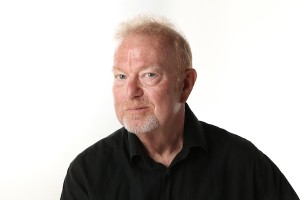
Kinsman succeeds on-air personality “T,” who retired June 30 after more than 30 years with the station. Jazz 88.3 FM will also air new blues programming Sunday-Friday from midnight to 2 a.m.
For the past 16 years, Kinsman has produced more than 20 festivals and more than 100 concerts throughout the country — including the San Diego Blues Festival, which he founded in 1998 and benefits the Jacobs & Cushman San Diego Food Bank. His blues festival took a hiatus in 2003, then, in 2011, was resurrected, and has featured such major acts as Tab Benoit, James Cotton, Kim Wilson, Tommy Castro, Eric Burdon & the Animals and scores of other bands. Today, it earns its reputation as one of the most exciting blues festivals in the country.
For 25 years, Kinsman was a business and music journalist for the San Diego Union-Tribune and San Diego Tribune.
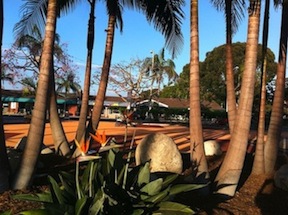
Pop-Up Plaza Transforms Parking
Lot Into Intimate Gathering Place
CARLSBAD — Carlsbad’s new pop up plaza is transforming a small parking lot by painting over the asphalt, and adding lighting, tables and chairs. The changes are not major, but the hope is that the new space will become a place for people to hang out together, share a cup of coffee, listen to music or watch a movie. It’s in old Carlsbad Village, near the Coaster station and a few blocks from the beach.
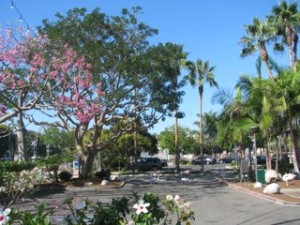
Ashley Westman is with Urban Place Consulting Group that has contracted with the city to help revitalize the village. She says for the next week there will be activities like yoga, story time and music in the plaza.
“The point is to create more space for people because for the past 50 years we’ve been designing cities for the automobile. This is a small project in a bigger effort that’s going on right now to revision the village and the barrio, and do a new Master Plan — so it’ll definitely be a social experiment,” she said.
The City of Carlsbad is holding a series of public workshops to let residents talk about the future they would like to see in the downtown area and the historic barrio neighborhood next to it. If enough people like what happens in the little plaza, it could become part of a bigger plan to lure commuters from their cars and build community around public transit and spaces that are fun to spend time in.
This iteration will only last a week, before reverting to its original function as a parking lot — though the asphalt will stay multi colored as a reminder. — KPBS


